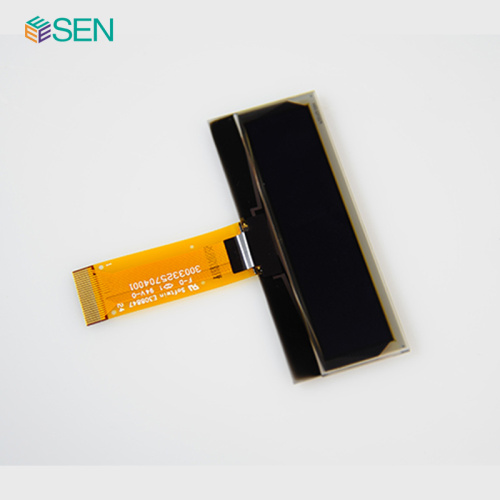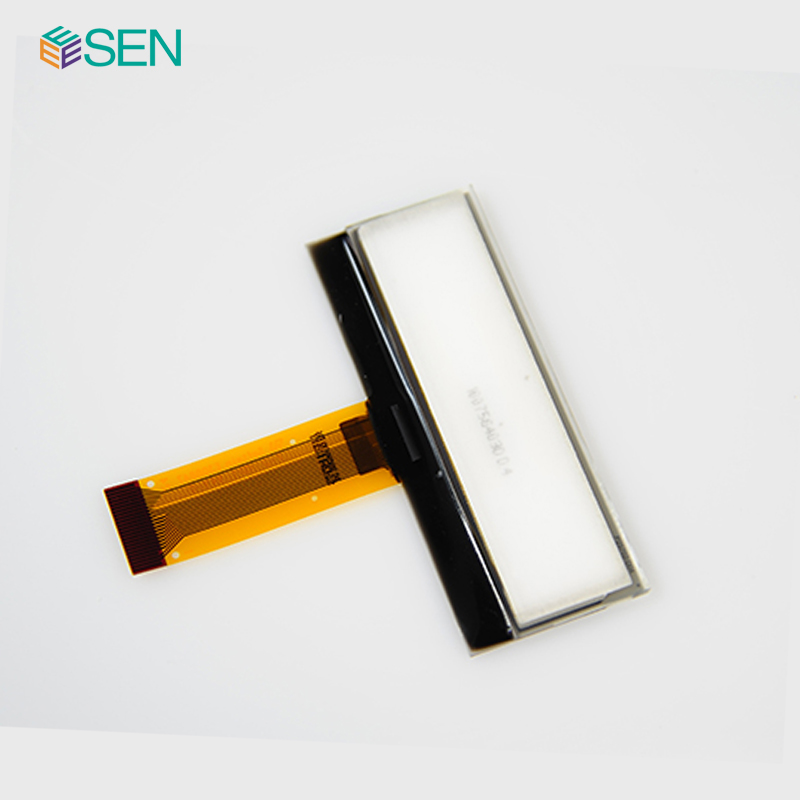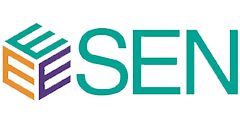
Vivid OLED Display 2.23 inch Enhances Visual Experience
- Min. Order:
- 5000 Piece/Pieces
- Min. Order:
- 5000 Piece/Pieces
- Transportation:
- Ocean, Land, Air
- Port:
- ShenZhen
Your message must be between 20 to 2000 characters
Contact Now| Place of Origin: | China |
|---|---|
| Productivity: | 3 Million Pieces/Monthly |
| Supply Ability: | 3 Million Pieces/Monthly |
| Payment Type: | L/C |
| Incoterm: | FOB |
| Certificate: | CE |
| HS Code: | 901383010 |
| Transportation: | Ocean,Land,Air |
| Port: | ShenZhen |
Any third-party trademarks or images shown here are for reference purposes only. We are not authorized to sell any items bearing such trademarks.
According to foreign media reports, in order to make eye-tracking technology cost, size and accuracy enough to meet the requirements of smart phones, a group of researchers are using crowdsourcing to conduct related research TFT Display.
Currently, researchers from the Massachusetts Institute of Technology, the University of Georgia, and the Max Planck Institute for Informatics in Germany are working on this project together TFT LCD module. They said that the current accuracy of the technology on smartphones can reach about 1 cm, and the accuracy of tablet computers is about 1.7 cm.
Compared with the overall size of the smartphone screen, this accuracy is obviously not enough LCD Display Module. Aditya Khosla, a graduate student at the Massachusetts Institute of Technology and co-author of the paper, said that this accuracy is currently not enough for consumer applications OLED Display Module.
But he believes that as data increases, the accuracy of the system will increase. If this is the case, eye-tracking technology will be popularized on a large scale and its practicability will be greatly improved. The cost of eye-tracking technology is usually very high, and because of the need for additional hardware assistance, it is difficult to add to mobile phones and tablets. But this way can really help you a lot when you play games and use your smartphone The Transparent OLED.

The information from GazeCapture will be used to train an iPhone software called iTracker. Use the mobile phone camera to capture the face image, and then use the software to identify the position and direction of the head and eyeballs in order to determine where the user's eyes are on the screen.
Kosla said that currently about 1,500 people use the GazeCapture app. He predicts that if the number of users reaches 10,000, the error rate of iTracker can be controlled within 0.5 cm, which is enough to be applied to mobile phones.
Kosla hopes that this technology can be used for medical diagnosis. Studies have shown that diseases such as schizophrenia and concussion can be diagnosed by eye movement.
Related Keywords














